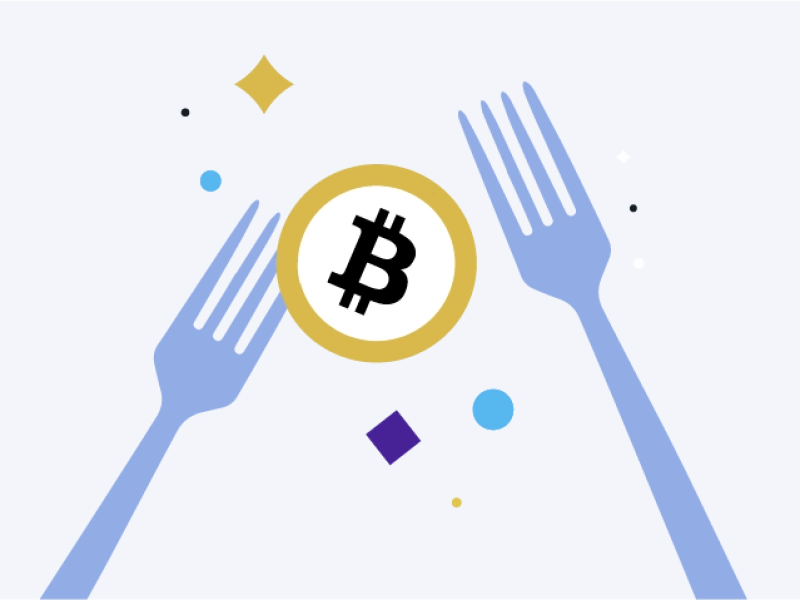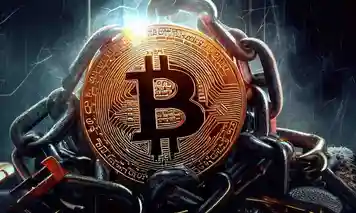A network fork represents a blockchain division where miners establish new consensus rules for block validation. Here's an overview of four distinct fork types, each with unique characteristics and implementation methods.
Fork Classifications:
- Incompatible Hardfork
- Semi-compatible Hardfork
- Compatible Hardfork
- Softfork
Incompatible Hardfork
This represents the most straightforward chain split. When participants decide to deviate from existing protocols, they create a separate branch from the main network. Once divided, these chains operate independently with no possibility of future merger. The Ethereum Classic split exemplifies this, where some miners adopted new rules while others maintained the original chain.
Semi-compatible Hardfork
This more complex variation occurs when network rules partially overlap. While some blocks can follow both sets of rules, others cannot comply with both chains simultaneously. Miners can potentially reunite chains by mining compatible blocks and achieving superior hash power. However, this type's economic inefficiency makes it less common.
Compatible Hardfork
In this scenario, the blockchain can maintain existing rules while incorporating new ones. The fork activates when miners create the first block following new protocols. Success depends on maintaining higher mining power than the original chain; otherwise, the new chain risks abandonment. Bitcoin Classic serves as a notable example.
Softfork
The most conservative fork type involves miners adding supplementary rules without creating entirely new consensus protocols. Nodes operating under original rules retain full functionality and can interact with updated nodes. This approach typically aims to enhance the cryptocurrency's features.
Risk Factors
Forks pose significant risks to cryptocurrency stakeholders. Investors might lose funds if their transaction chain becomes abandoned. Additionally, community divisions can arise regarding which branch represents the authentic cryptocurrency, as seen in Bitcoin/Bitcoin Cash and Ethereum/Ethereum Classic splits.







